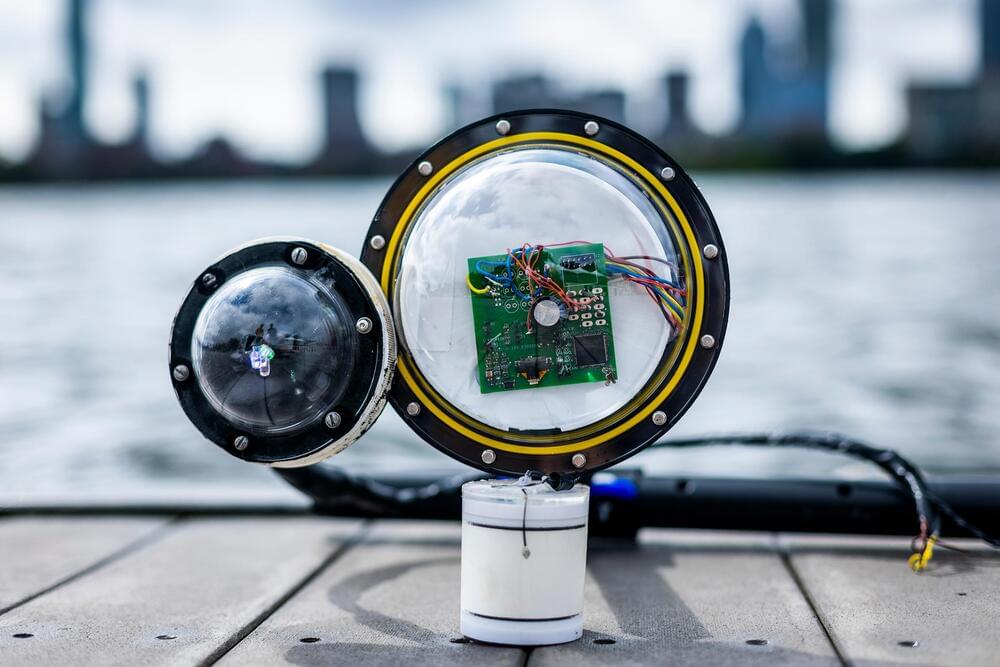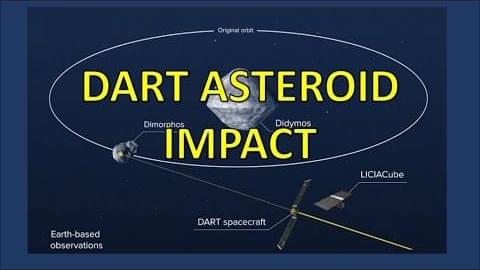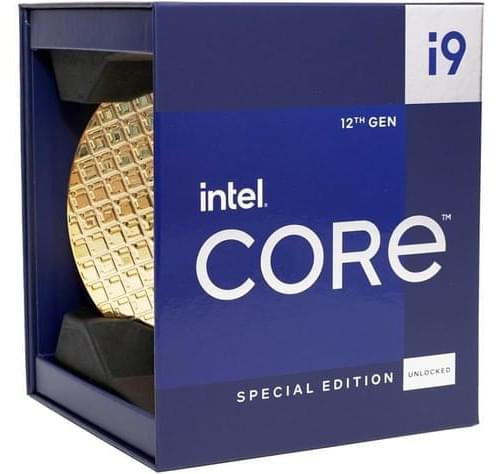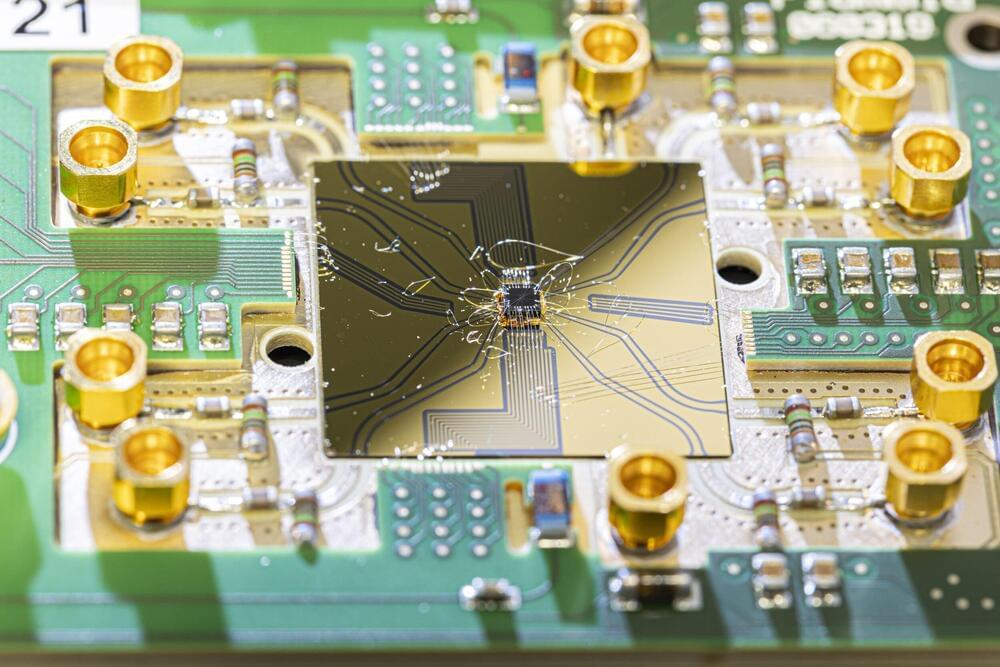Room service is unlikely to be part of the package, but Hilton has nevertheless agreed to help Voyager Space design the crew suites for a new space station.
Disperse, a U.K.-based construction tech company that offers an artificial intelligence (AI)-powered platform to help project managers track work and capture data from building sites, has raised $16 million in funding.
Founded out of London in 2015, Disperse effectively creates a digital version of an entire construction site, including visual snapshots that track the progress of work to help all stakeholders — regardless of where they’re based — keep up with things. For this, Disperse sends someone around a site at regular intervals with a standard 360° camera, and the resulting imagery is fed directly into the Disperse platform which processes the visuals and applies computer vision techniques to figure out what’s happening.
For example, this can help to show the state of a project at a given moment in time, and solve disputes should they arise in terms of determining whether a job was completed as it should’ve been. It also automatically spotlights potential problems or bottlenecks while they can still be resolved.
Massachusetts Institute of Technology (MIT) engineers have developed a battery-free, wireless underwater camera that’s powered by sound waves.
Scientists estimate that more than 95 percent of Earth’s oceans have never been observed, which means we have seen less of our planet’s ocean than we have the far side of the moon or the surface of Mars.
The high cost of powering an underwater camera for a long time, by tethering it to a research vessel or sending a ship to recharge its batteries, is a steep challenge preventing widespread undersea exploration.
MIT researchers have taken a major step to overcome this problem by developing a battery-free, wireless underwater camera that is about 100,000 times more energy-efficient than other undersea cameras. The device takes color photos, even in dark underwater environments, and transmits image data wirelessly through the water.
NASA’s DART to Hit Asteroid
Posted in cosmology
Preview of NASA’s Double Asteroid Redirection Test, or DART, the first asteroid deflection mission.
Worm-hole generators by the pound mass: https://greengregs.com/
For gardening in your Lunar habitat Galactic Gregs has teamed up with True Leaf Market to bring you a great selection of seed for your planting. Check it out: http://www.pntrac.com/t/TUJGRklGSkJGTU1IS0hCRkpIRk1K
Awesome deals for long term food supplies for those long missions to deep space (or prepping in case your spaceship crashes: See the Special Deals at My Patriot Supply: www.PrepWithGreg.com.
Were you unable to attend Transform 2022? Check out all of the summit sessions in our on-demand library now! Watch here.
The circuits are found in several forms and in different locations. Some offer faster creation of new AI models. They use multiple processing circuits in parallel to churn through millions, billions or even more data elements, searching for patterns and signals. These are used in the lab at the beginning of the process by AI scientists looking for the best algorithms to understand the data.
The United States would respond decisively to any Russian use of nuclear weapons against Ukraine and has spelled out to Moscow the “catastrophic consequences” it would face, U.S. National Security Adviser Jake Sullivan said on Sunday.
If you’re building an Intel Raptor Lake-based machine in the next year, this is probably the box you’ll be opening up.
Summary: Researchers say laughter may have been preserved by natural selection to assist with human survival.
Source: The Conversation.
A woman in labor is having a terrible time and suddenly shouts out: “Shouldn’t! Wouldn’t! Couldn’t! Didn’t! Can’t!”
Quantum computers have the potential to vastly exceed the capabilities of conventional computers for certain tasks. But there is still a long way to go before they can help to solve real-world problems. Many applications require quantum processors with millions of quantum bits. Today’s prototypes merely come up with a few of these compute units.
“Currently, each individual qubit is connected via several signal lines to control units about the size of a cupboard. That still works for a few qubits. But it no longer makes sense if you want to put millions of qubits on the chip. Because that’ s necessary for quantum error correction,” says Dr. Lars Schreiber from the JARA Institute for Quantum Information at Forschungszentrum Jülich and RWTH Aachen University.
At some point, the number of signal lines becomes a bottleneck. The lines take up too much space compared to the size of the tiny qubits. And a quantum chip cannot have millions of inputs and outputs—a modern classical chip only contains about 2,000 of these. Together with colleagues at Forschungszentrum Jülich and RWTH Aachen University, Schreiber has been conducting research for several years to find a solution to this problem.









